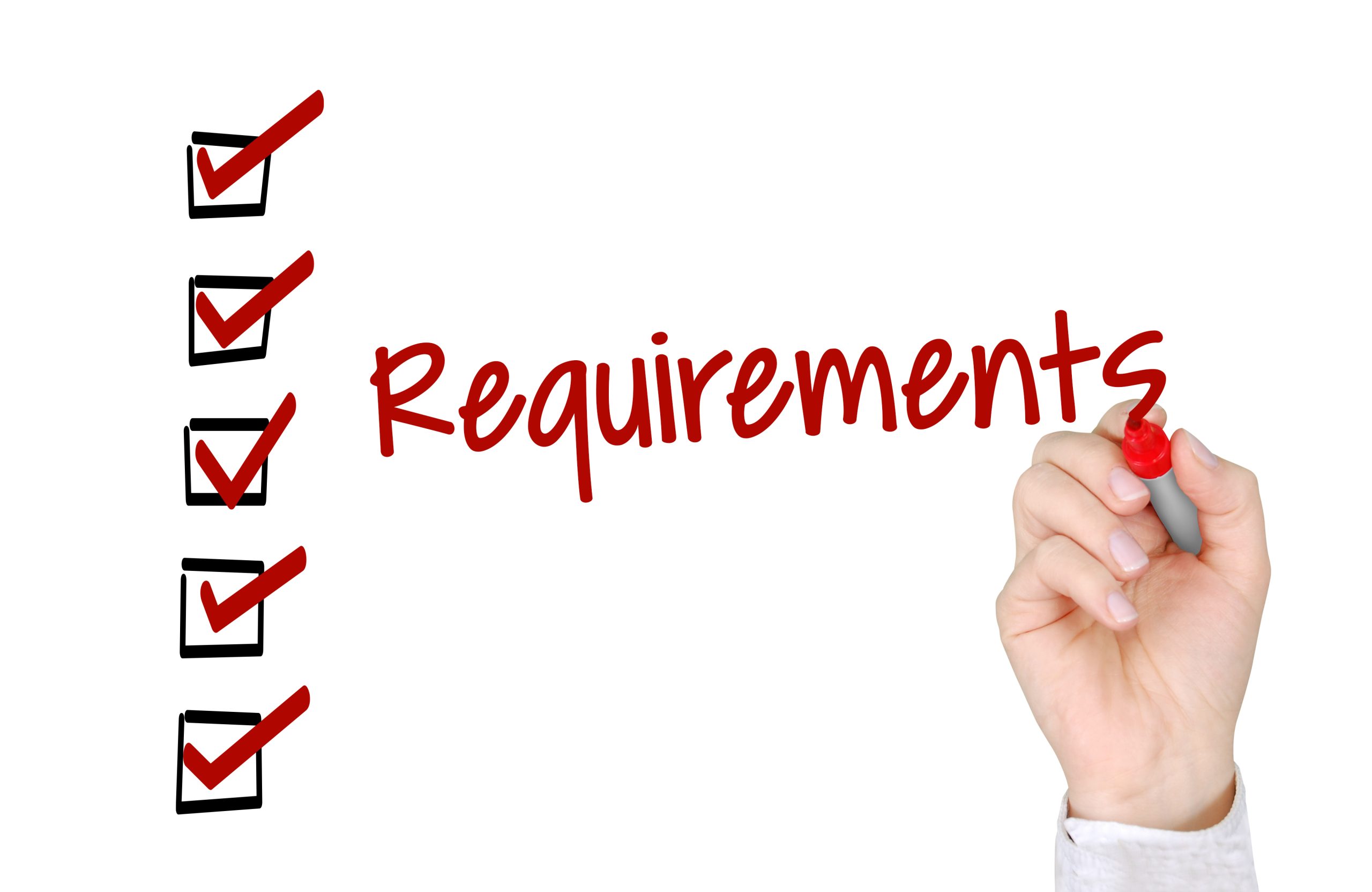
Article / Unleash the Power of Teamwork

Do you remember the last time you dealt with a business that impressed you? Do you remember how smoothly everything went? The employees were knowledgeable and seemed to know exactly what they were doing. There was no confusion or frustration, and every detail was perfectly planned. It's easy to feel like you've hit the jackpot when encountering a business like this. You feel happy and content with the whole experience. But what if I told you that you can take steps to ensure every stakeholder's experience is like this? It might sound too good to be true, but it's really not!
A key component to delivering that sort of experience is the team. A team that works together to create a flawless experience is essentially the heart and soul of the business.
That’s why behind every successful organization is a team that works seamlessly together. Much like the ocean's tides, this team flows smoothly, building off one another’s strengths and holding one another up in challenges. There is no question of who will do what or how things will run, as the team's camaraderie ensures that each person knows their function and is given the room to thrive.

A committed and collaborative group working towards a common goal can accomplish anything they set their sights on. But building a cohesive and effective team doesn't happen overnight, especially if you have no idea where to start. It takes time, patience, and deliberate effort. So where do you start in the journey towards creating a strong and unified team?
Building a cohesive team takes more than just selecting a group of people and hoping for the best. The first step towards building a cohesive team is knowing the characteristics and qualities of a high-performing team. But building a cohesive team doesn’t come naturally to many people. It requires knowledge, understanding, and determination. Above all, it requires identifying what the team should look like to transition in that direction. To identify a cohesive team, you need to see it. To know it. To be aware of its authenticity.

When someone gets hired at a bank, they’re taught to identify counterfeit money. They’re given a $100 bill and told to study it, learn every detail, and truly know it. What they’re not shown is a counterfeit bill. Why? Because the best way to identify fraud is to know what is real.
In the same way, you need to know what a smooth-flowing, seamless, cohesive team looks like. But if you haven't experienced a cohesive team firsthand, don't worry – you can still be a part of building one. Unlock the potential of your organization with these five powerful strategies. Discover how The Five Behaviors® developed with Patrick Lencioni can propel your organization to new heights.
It's no secret that trust is vital to creating an exceptional team dynamic. Teams can quickly fall apart without trust, and the consequences can be catastrophic. That's why creating a foundation of trust within your team should be a top priority.

The crux of trust is vulnerability. Team members need to feel safe with one another, safe to be open and honest about their failures, weaknesses, fears, and other sensitive areas. People are more likely to avoid engaging in wasteful behaviors that hamper organizational progress when they are willing to admit the truth about themselves.
Have you ever been on a team where everyone worked independently, each member trying to outdo the other? It's not only exhausting, but it can also be counterproductive. Imagine a team where everyone is open and honest about their weaknesses and struggles. It might seem counterintuitive, but when each team member commits to avoiding those behaviors, it creates a cohesiveness that leads to optimal business flow. Each member works according to their strengths, resulting in a team that is more than the sum of its parts.
A team that embraces vulnerability-based trust can achieve tangible results while reducing excess time and energy. Recognize these characteristics in an atmosphere of transparency; team members reach out to one another, give advice, hold each other accountable, ask for help, and feel confident in their strengths. This environment lacks one-upmanship and instead showcases working together as a cohesive organism.
An environment of trust creates a web-like effect that touches every group aspect, including how conflict is handled. Whenever two or more people work together, there will be conflict. A lack of conflict is a red flag. The key isn’t to eliminate conflict but instead to shape how conflict plays out.

When team members trust one another, they can openly and honestly debate important issues and decisions. They are comfortable enough to have transparent, frank conversations, expressing their own opinions and listening to those of their colleagues.
Pay attention to how team members communicate when there is a disagreement or differing ideas. Are they ignoring one other? Arguing? Or are they engaging in active listening?
If trust is lacking among team members, conflict can quickly become destructive. Arguments become personal, collaboration becomes a power struggle, as team members are less likely to listen to others or re-evaluate their perspectives. Often this leads to conversation manipulation as each member is out for themselves and only cares about getting what they want.

This can quickly become back-biting and gossip as people vent their frustrations about their colleagues to others. Camaraderie becomes a competition, with different parts of the team aligning in efforts to win.
Despite everyone's best intentions, it can be difficult for emotions not to get involved in situations that revolve around disagreement. Even when all parties involved make a diligent effort to keep the discussion centered on the issues at hand, there will inevitably be an instance where someone feels personally attacked. It can be uncomfortable for everyone involved when this happens, but it's important to remember that conflict is a natural and healthy part of any group dynamic. By working through conflict professionally and respectfully, teams can become stronger and more cohesive.
When team members trust each other, they can master conflict and engage in productive, ideologically-driven debate.
Commitment is not just a word; it’s a state of mind. The intangible quality sets cohesive teams apart from those that come up short.
When team members are unwilling to share their opinions, the chances are high that they won't commit to decisions. This creates uncertainty and confusion about the direction and priorities needed to move forward. Opportunities can pass by due to excessive analysis and unnecessary delay, eroding confidence in the team's ability to make the right decisions. However, when teams commit to decisions, it's because they have embraced two concepts – buy-in and clarity.

Discussing and exploring disagreements is essential to get buy-in. False consensus wastes time and exacerbates confusion. Have you ever played on a sports team? You have one common goal: to win. But what happens when some players aren't fully committed or on the same page? It's chaos. And that's precisely what can happen in the workplace too. This means not just agreeing with the plan but fully buying into it and committing to doing everything you can to help the team achieve its objectives.
When it comes to commitment, ground rules are crucial. Team members must refrain from making assumptions and communicating ambiguously to ensure clarity. Ending discussions with clear agreement on final decisions is essential to avoid confusion and wasted time. Teams must agree on meeting timeliness, respond promptly to communication, and exhibit professional interpersonal behavior. Moreover, the team must commit to foundational principles, such as purpose, values, mission, strategy, and goals. It's essential that every team member always knows what the top priority is and comprehends how they can contribute to advancing it.
Commitment inspires individuals to come together and work as a cohesive unit to overcome obstacles that may seem insurmountable. Without a shared understanding of what needs to be accomplished and a commitment from every team member to achieve it, an organization cannot successfully grow. Without commitment, a team may start strong but will undoubtedly falter when it gets tough.
With accountability comes the responsibility of each member to pull their weight, be deadline oriented, and act accordingly to keep team projects and goals moving toward successful completion. As each team member takes individual responsibility, trust is developed amongst the group, contributing to a collaborative and supportive environment. Without this crucial element of accountability, trust and success suffer. A cohesive team doesn't require micromanaging leaders who check in continuously, but it has team members who hold themselves accountable.
When team members take ownership of their actions and hold themselves accountable, they earn the trust and respect of their colleagues. This helps build a more cohesive team, as everyone plays a crucial role in achieving the team's objectives. Rather than relying solely on the leader to micromanage and police the team, holding oneself accountable allows for more autonomy and trust-building. When individuals hold themselves and others accountable, there is no room for finger-pointing or dodging responsibility. Instead, team members collaborate to find solutions and move forward. This encourages a culture of ownership.

One of the significant benefits of accountability on a team is the promotion of open communication and feedback. Teams that embrace accountability approach their work with a growth mindset. When team members hold each other accountable, there is an intrinsic need to communicate the expectations and feedback on a job well done or areas needing improvement. In such an environment, feedback is valued, and it is easier for team members to help each other grow and improve. This fosters a culture of transparency and honesty, enabling the team to become closer-knit and collectively enhance overall performance.
Direct, peer-to-peer accountability takes this principle one step further. It means that team members are fearless in calling out their colleagues when they fall short of agreed standards. This approach rests on the assumption that peer pressure and a desire to avoid letting down others will prove more motivating than a fear of punishment from a higher-up. Team members are more likely to perform at their best when they feel responsible for each other's success. In short, a team that embraces peer-to-peer accountability is a team that's destined for greatness.
Organizations thrive when team members share a common vision and work towards achieving the same collective goals. However, achieving this level of harmony can be challenging. The good news is that you can take specific steps to overcome this challenge.

The first step a leader can take to overcome team members' inability to focus on results is to set specific collective goals. Collectively, the team must identify the goals they want to achieve and break them down into specific, measurable, achievable, relevant, and time-bound objectives. These goals must be clear and transparent, without ambiguity, to eliminate confusion. Setting specific collective goals helps to promote a better understanding of each team member's goals toward the overall team objective. It also creates a sense of accountability and ownership among team members. Team members must be able to discuss their challenges openly and engage in finding solutions as a team.


The next step is for the leader to emphasize, over and over again, the importance of focusing on collective goals as opposed to individual goals. The message should be clear, consistent, and regularly communicated through various channels. Sharing the need for collective goals helps to reinforce this message and instill it in the team's daily routine. It also creates a culture of collaboration and improves communication among team members. The leader must set an example and lead by demonstrating the importance of collective goals.

Some team members can become confused about which goals should be their overriding concern because the goals their bosses set for their performance reports are usually a combination of individual and department-wide goals, not company-wide ones. To solve this problem, team leaders should ensure that performance report goals align with the attainment of company-wide goals. The leader should take the initiative to review performance report goals and determine which individual or department-wide goals promote the achievement of company-wide goals and which conflict with them. They should work with team members to make necessary changes to individual performance reports to align with collective goals.

Using visible scoreboards is an excellent way to keep everyone focused on achieving shared outcomes. Scoreboards track progress against the team’s objectives, providing a clear view of what the team has achieved and what still needs to be done. Regularly updating the scoreboard and sharing it with the team demonstrates progress toward achieving its objectives. It encourages individuals to strive for excellence, knowing their efforts contribute to the team's success.

Recognizing and celebrating successes together is essential to building a cohesive team. Celebrate milestones, accomplishments, and achievements together as a team. This creates a sense of belonging and reinforces shared values and objectives. Celebrations don’t have to be expensive or extravagant, but they should be meaningful and acknowledge the hard work and dedication of the team.
A cohesive team is a vital ingredient in your recipe for success. Building a truly cohesive team takes time, effort, and commitment. It's critical that every individual is fully invested and that all are moving toward the same finish line. Leaders must model the behavior they want in their team members, and everyone must be willing to put the team’s objectives ahead of their individual needs.
Cohesive teams are more productive, engaged, and likely to achieve their objectives, leading to greater success. The power of a team working in sync can make anything possible, and that's what we want for your team and organization.
Imagine for a moment that your team is firing on all cylinders. The trust runs deep, conflict is resolved effectively, commitment is unwavering, accountability is a given, and every member rallies behind shared goals. Sound too good to be true? It might be for some, but we know the power of a cohesive team. And we're here to help you unlock it. During our 5 Behaviors of a Cohesive Team workshop, we don't just talk about teamwork – we teach you how to live it. Let us guide you on this transformative journey and watch your organization reach new heights of success.

With over two decades of experience and a passion for empowering individuals and organizations, Walter has forged a successful career designing and delivering talent development and change management solutions. As the CEO of ACT Performance Solutions, Walter aims to bring lasting behavioral change to clients through coaching, training, and strategic interventions. His background in government with the Department of Justice and Defense, the State of Texas, and Corporate America has provided him with valuable insights into navigating organizational shifts and individual performance.

This will close in 0 seconds
There was a problem reporting this post.
Please confirm you want to block this member.
You will no longer be able to:
Please note: This action will also remove this member from your connections and send a report to the site admin. Please allow a few minutes for this process to complete.